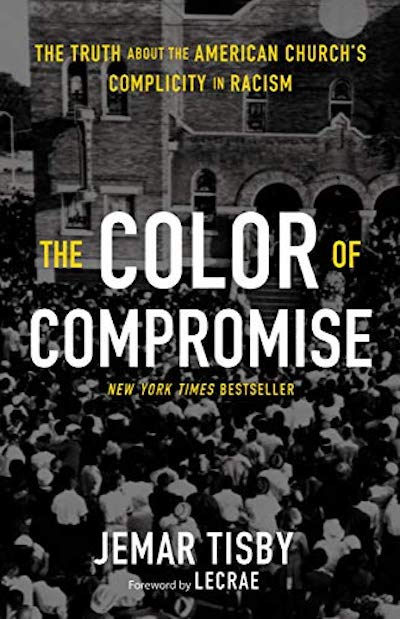This book ended up being pretty different then the other books on race that I have read recently in that it focuses mostly on the way that race affects children and then sticks with them as the develop into adults. The title of the book reflects the need to identify what surrounding circumstances lead to most children of color ending up sticking with each other at school and in other areas of their life despite technically living in a desegregated society.
While the original version of this book was published in 2017, the entire prologue serves as a nice section for the author to give a summary of the racial events in the last 20 years (1997-2017). This section talks a lot about 9/11, the Black Lives Matter Movement, and the election of Donald Trump which are each major moments in history that will define an entire generation of children and play a role in the society that they will continue to grow up into.
After the prologue, I personally enjoyed how the book immediately starts discussing how children of color identify with their racial identity and what things parents can and often should do to give them an advantage in adjusting to a multiracial society. I found that this section helped lay the groundwork for the rest of the book and will be a topic that I’ll most likely return to read again when I am closer to having multiracial kids of my own in the future.
The idea of colorblindness is explicitly discussed a lot throughout this book and Tatum makes it clear that it is especially harmful when trying to raise children (both white and non-white) to be colorblind in a society that certainly isn’t homogenous racially.
Another thing that set this book apart is that it approaches many of the topics of race as they apply to all races, and not just the dominant focus on Blacks and whites like most other books on race. This allowed me to learn more about how race and racism can impact other people of color such as Native Americans, Asians, Hispanics, and Middle Eastern and North Africans (MENAs). This is definitely the first book on race that I’ve read that went into significant detail on the stereotypes and hardships that Native Americans face as well as allocating a major chapter to how non-Black people of color have been treated, and will likely continue to be treated, in the US.
Throughout the entire book, Tatum makes references to personal quotes of those that have taken part in her classes, quotes from other prominent books on race, as well as plenty of studies that relate to race. With these, the one that I thought was very well done was an entire chapter devoted to affirmative action. Tatum does a good job explaining what it actually is and addresses the misconceptions and disagreements towards its need in the 21st century US.
I specifically learned a lot about implicit bias through a study which revealed that while both highly qualified and highly disqualified Blacks and whites usually got positions that they “deserved,” the average groups where very different where white people were given the advantage while Black people did not receive the benefit of the doubt at the same rate when both groups had almost identical qualifications that were neither poor or exceptional.
It is good that it covers topics that are not as frequently talked about, and it does generally all connect back to the effects of race in child development, but at times I felt that this book bounced all over the place a little too much. It’s not enough to make the book bad, but could be something that makes it hard to read or less enjoyable for others.




